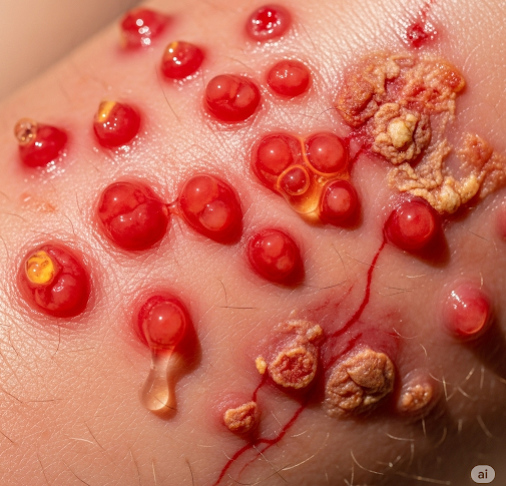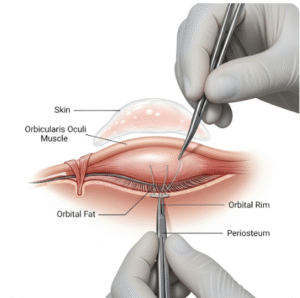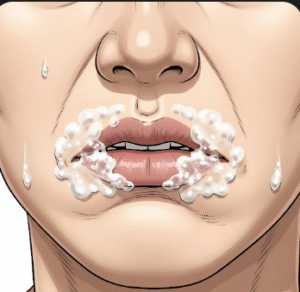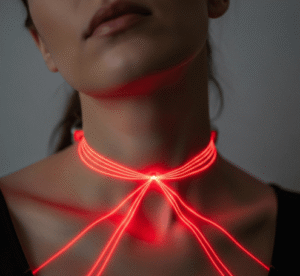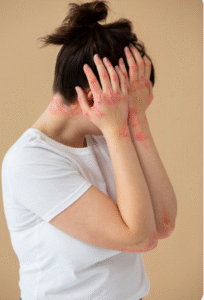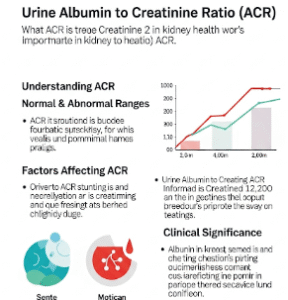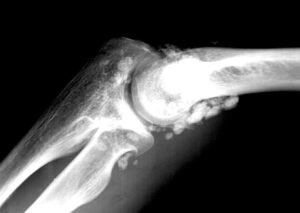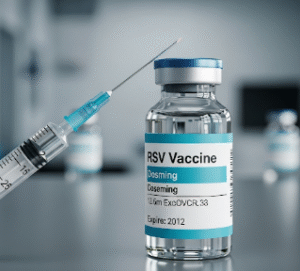Overview
Poison ivy rash is a common allergic skin reaction caused by contact with the oil urushiol, found in poison ivy, poison oak, and poison sumac plants. The rash is characterized by itchy, red, and blistered skin that usually appears within hours to a few days after exposure. Though not contagious or dangerous, the rash can be extremely uncomfortable and may last for up to three weeks. With proper treatment and prevention, symptoms can be managed effectively.
What is Poison Ivy Rash?
Poison ivy rash is a form of allergic contact dermatitis, which occurs when the skin reacts to urushiol oil, a substance found in the sap of certain plants. Even a tiny amount of urushiol — from direct plant contact, contaminated objects, or even airborne particles from burning plants — can trigger a reaction in sensitive individuals.
The rash itself is not contagious and doesn’t spread by touching the blisters or fluid. However, new areas may appear over time if urushiol residue remains on the skin or clothing.
Symptoms
Symptoms typically develop within 12 to 48 hours of exposure and may vary based on sensitivity and the amount of urushiol contacted.
Common symptoms include:
- Red, inflamed skin
- Severe itching
- Swelling
- Blisters that may ooze or crust over
- Streaks or patches where the plant touched the skin
- Delayed rash in areas with less contact
In severe cases, especially with facial or genital exposure, swelling and discomfort can be extreme.
Causes
The primary cause of poison ivy rash is skin contact with urushiol oil, which is present in:
- Leaves, stems, and roots of poison ivy, poison oak, and poison sumac
- Contaminated clothing, shoes, tools, or pet fur
- Smoke from burning the plants, which can carry urushiol particles into the lungs or eyes
It’s important to note that everyone can be sensitive to urushiol, although some individuals are more reactive than others.
Risk Factors
Your risk of developing poison ivy rash increases with:
- Outdoor activities such as hiking, gardening, or camping
- Exposure to wooded or overgrown areas
- Lack of protective clothing during outdoor work
- Contact with contaminated items (e.g., gardening tools, pets)
- Burning brush that contains poison ivy
- History of previous reactions (sensitization increases with each exposure)
Complications
Though poison ivy rash is usually self-limiting, complications can occur in some cases:
- Secondary bacterial infections from scratching
- Severe swelling, especially around the eyes or face
- Airway inflammation if urushiol is inhaled
- Scarring in rare, severe reactions
- Widespread body rash requiring medical treatment
People with extreme sensitivity may experience systemic reactions, which need immediate attention.
Prevention
Preventive steps are highly effective in avoiding poison ivy rash:
- Learn to identify poison ivy, oak, and sumac plants (“Leaves of three, let them be”)
- Wear long sleeves, pants, and gloves when in high-risk areas
- Wash skin immediately with soap and water after potential exposure
- Use urushiol-removing cleansers like Tecnu or Zanfel
- Clean contaminated clothing, tools, and pet fur
- Never burn poison ivy, as urushiol can become airborne
- Consider applying barrier creams (e.g., bentoquatam) before outdoor activity
Treatment Options in Korea
South Korea provides high-quality dermatological care for poison ivy rash, especially in urban clinics and hospitals with English-speaking staff.
1. Home Remedies (for Mild Cases)
- Cool compresses to relieve itching and inflammation
- Oatmeal baths or calamine lotion to soothe the skin
- Antihistamines (e.g., loratadine or diphenhydramine) for itching
- Hydrocortisone cream for localized redness and swelling
2. Medical Treatment (for Moderate to Severe Cases)
- Prescription corticosteroids (topical, oral, or injectable) to reduce inflammation
- Antibiotics if secondary infection is suspected
- Stronger antihistamines for severe itching
- Hospital care for extensive rash, facial swelling, or breathing difficulty
3. Dermatology Clinics and Hospitals in Korea
Top-tier clinics and hospitals like Severance Hospital, Asan Medical Center, Samsung Medical Center, and Seoul National University Hospital offer:
English-speaking dermatologists for international patients
Fast dermatological assessments
Patch testing for recurring dermatitis
Custom treatment plans for allergic skin conditions

